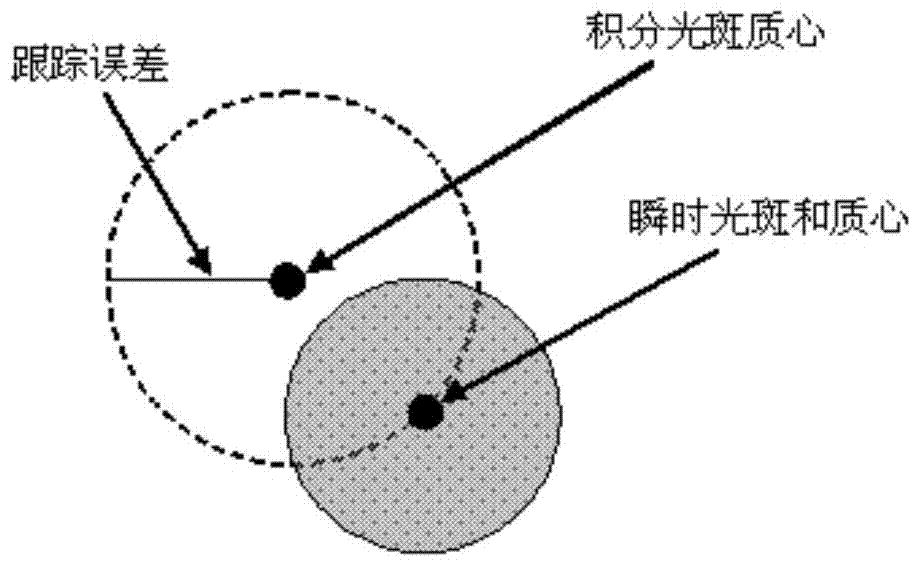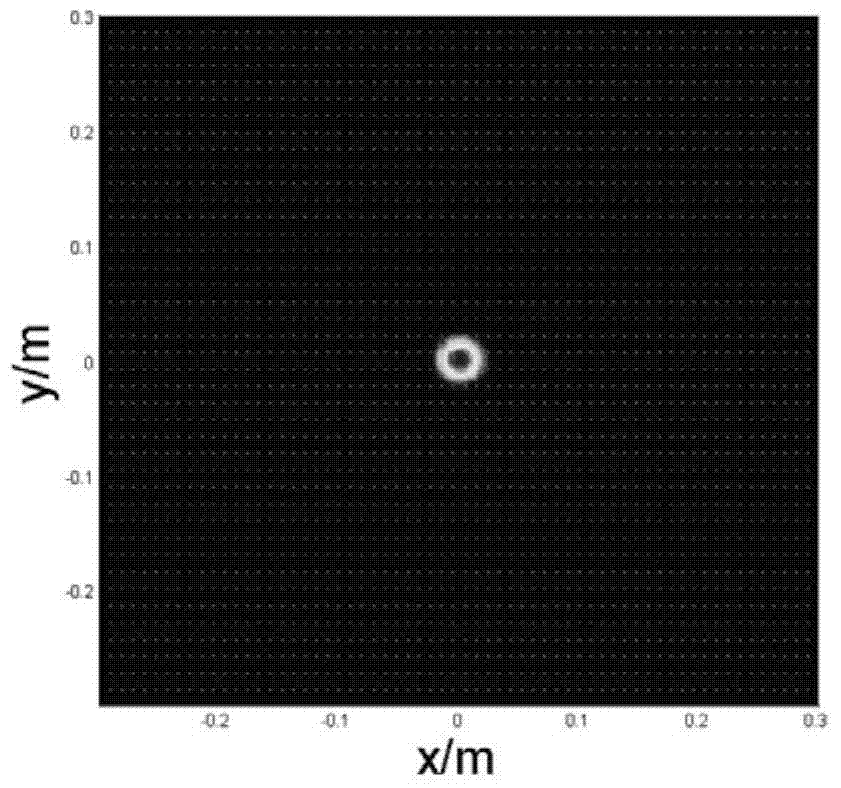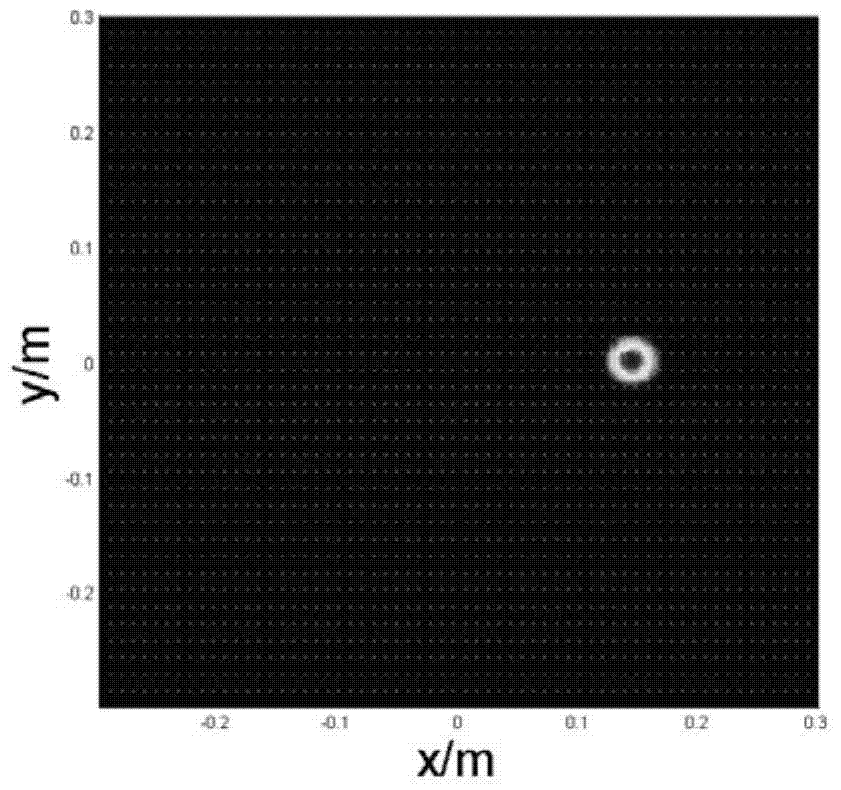Laser transmission beam jitter effect numerical simulation method
A beam jittering and numerical simulation technology, applied in optics, optical components, instruments, etc., can solve the problems such as the inability to apply numerical simulation of the beam jittering effect of laser transmission, and achieve the effect of high accuracy and simple operation.
- Summary
- Abstract
- Description
- Claims
- Application Information
AI Technical Summary
Problems solved by technology
Method used
Image
Examples
Embodiment Construction
[0033] The present invention is described in further detail below in conjunction with accompanying drawing:
[0034] The numerical simulation method of the shaking effect of the laser transmission beam of the present invention comprises the following steps:
[0035] 1) Generate a set of uniformly distributed random numbers of 0-2π as the direction angle θ perpendicular to the transmission plane 1 , to generate a set of Gaussian distribution random numbers whose root mean square is σ as the upward direction angle θ 2 ;
[0036] 2) According to θ 1 and θ 2 with Zernike polynomial first order coefficient a 1 and the second order coefficient a 2 The relationship between get Zernike polynomial first order coefficient a 1 and the second order coefficient a 2 ;
[0037] 3) According to the first-order coefficient a of the Zernike polynomial 1 and the second order coefficient a 2 Compute the tilted wavefront phase;
[0038] 4) The tilted wavefront phase is superimposed on t...
PUM
 Login to view more
Login to view more Abstract
Description
Claims
Application Information
 Login to view more
Login to view more - R&D Engineer
- R&D Manager
- IP Professional
- Industry Leading Data Capabilities
- Powerful AI technology
- Patent DNA Extraction
Browse by: Latest US Patents, China's latest patents, Technical Efficacy Thesaurus, Application Domain, Technology Topic.
© 2024 PatSnap. All rights reserved.Legal|Privacy policy|Modern Slavery Act Transparency Statement|Sitemap



